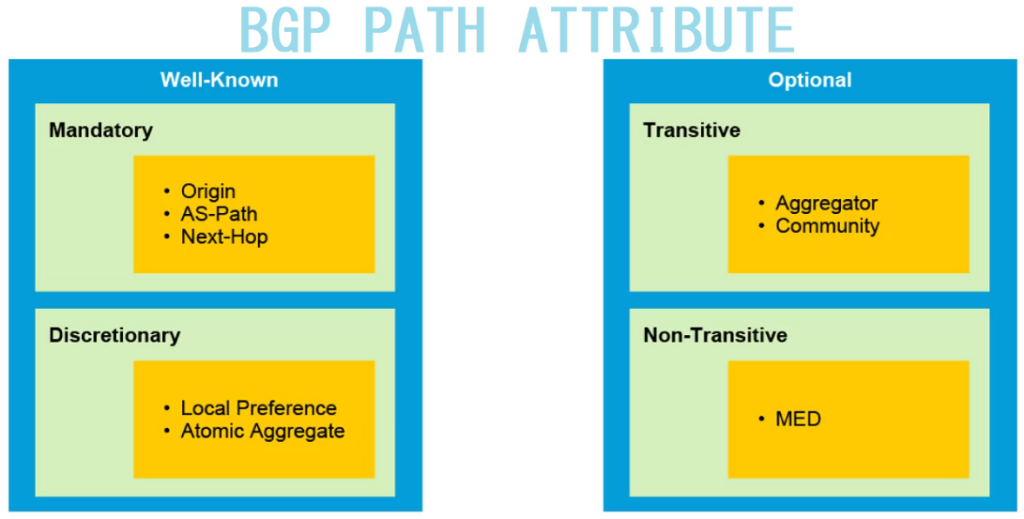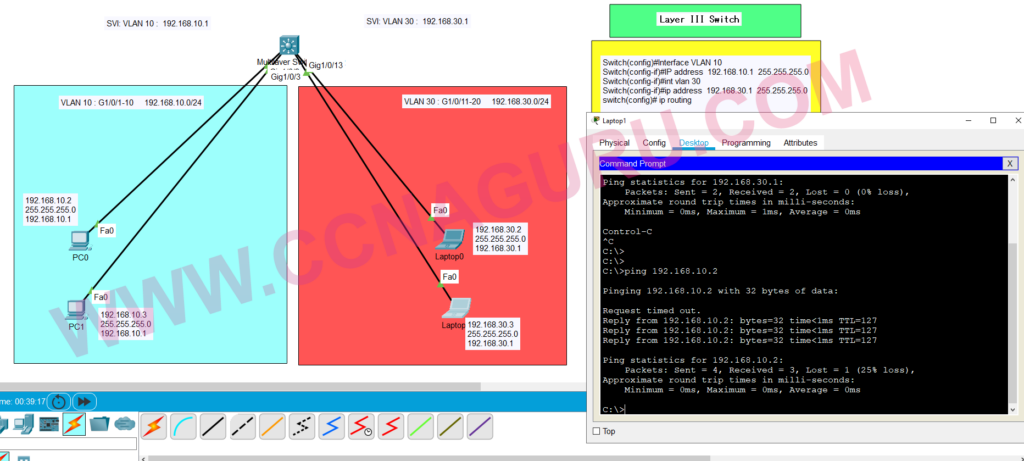Administrative Distance (AD) in Cisco Routers
Definition
The administrative distance (AD) is a numerical value assigned to different routing protocols in Cisco routers. It determines the preference or trustworthiness of routes when multiple routing protocols are present.
Purpose
The purpose of administrative distance is to select the best route among multiple available routes to reach a destination. By assigning different AD values to routing protocols, network administrators can influence the route selection process and ensure that the most reliable and optimal paths are chosen.
Floating Static Routes
Floating static routes are static routes with higher administrative distance values compared to the primary routes. They serve as backup routes that become active only when the primary routes fail or become unavailable. Floating static routes provide redundancy and help ensure network availability in case of primary route failures.
Examples of Routes
| Routing Protocol | Administrative Distance (AD) |
|---|---|
| Connected Interface | 0 |
| Static | 1 |
| eBGP | 20 |
| EIGRP internal | 90 |
| IGRP | 100 |
| OSPF | 110 |
| IS-IS | 115 |
| RIP | 120 |
| EIGRP external | 170 |
| iBGP | 200 |
| Unknown | 255 |








